Home>Articles>How To Cook Beef Back Ribs In A Electric Skillet
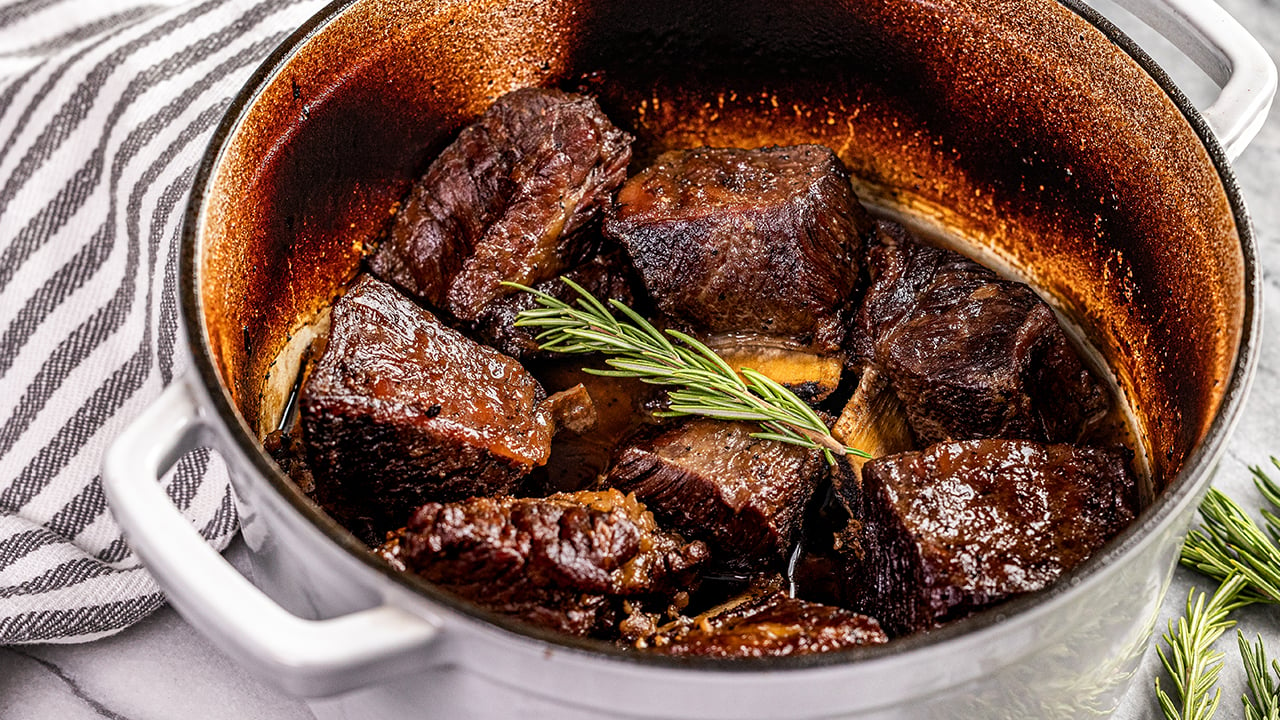

Articles
How To Cook Beef Back Ribs In A Electric Skillet
Modified: February 27, 2024
Learn how to cook tender and flavorful beef back ribs in an electric skillet with this helpful step-by-step guide. Read more articles on cooking techniques and recipes.
(Many of the links in this article redirect to a specific reviewed product. Your purchase of these products through affiliate links helps to generate commission for Storables.com, at no extra cost. Learn more)
Introduction
Beef back ribs are a delicious and flavorful cut of meat that can be prepared in a variety of ways. One popular method is cooking them in an electric skillet, which provides an even and consistent heat distribution for perfectly cooked ribs. Whether you are a seasoned cook or a beginner in the kitchen, this article will guide you through the steps of cooking beef back ribs in an electric skillet, ensuring a tender and succulent final result.
In order to achieve the best possible outcome, it is important to understand the equipment needed, as well as the preparation steps and cooking process. Additionally, we will explore different seasonings and sauces that can be used to enhance the flavor of the ribs. Lastly, we will discuss how to clean and maintain the electric skillet to prolong its lifespan and ensure optimal performance.
So, let’s dive in and discover the art of cooking beef back ribs in an electric skillet!
Key Takeaways:
- Master the art of cooking tender and flavorful beef back ribs in an electric skillet with essential equipment, preparation steps, and cooking techniques for a memorable dining experience.
- Elevate the succulent flavors of beef back ribs by experimenting with optional seasonings and sauces, while ensuring the longevity and optimal performance of your electric skillet through proper cleaning and maintenance.
Read more: How To Cook Pork Ribs In Electric Skillet
Equipment Needed
Before you start cooking beef back ribs in an electric skillet, it’s important to gather all the necessary equipment. Here’s a list of items you’ll need:
- Electric Skillet: Choose a skillet with a non-stick surface and temperature control. This will ensure even heating and prevent the ribs from sticking.
- Beef Back Ribs: Select high-quality ribs with good marbling for the best flavor and tenderness.
- Tongs or a Spatula: These tools will help you handle the ribs safely and flip them during cooking.
- Aluminum Foil: You’ll use foil to wrap the ribs during the cooking process, helping to retain moisture and enhance tenderness.
- Meat Thermometer: This will help you monitor the internal temperature of the ribs to ensure they are cooked to perfection.
- Seasonings and Sauces: Optional ingredients to add flavor to the ribs. Choose from a wide range of spices and sauces to suit your taste.
- Plates and Utensils: Have plates ready for serving the cooked ribs, along with utensils for eating.
- Cleanup Supplies: Keep dishwashing soap, sponge, and towels nearby for easy cleanup after cooking.
Once you have gathered these essentials, you are ready to move on to preparing the beef back ribs for cooking in the electric skillet.
Preparing the Beef Back Ribs
Properly preparing the beef back ribs is essential for a successful cooking process. Follow these steps to get the ribs ready:
- Remove the Membrane: The first step is to remove the thin membrane that covers the back side of the ribs. This membrane can be tough and chewy, so it’s best to peel it off. Simply slide a butter knife under the membrane, lift it slightly, and then grab it with a paper towel or kitchen cloth. Pull the membrane off in a smooth, steady motion.
- Trim Excess Fat: While some fat is desirable for flavor and moisture, it’s a good idea to trim any excessive fat from the ribs. Use a sharp knife to carefully cut off any large chunks or uneven parts. This will help prevent flare-ups during cooking and ensure a more balanced end result.
- Season the Ribs: At this stage, you can choose to season the ribs with your preferred spices or dry rub. Common seasonings for beef ribs include salt, pepper, garlic powder, paprika, and onion powder. Coat both sides of the ribs evenly with the seasoning, gently massaging it into the meat to enhance the flavor.
- Marinate (Optional): If you have the time, marinating the ribs can add an extra layer of flavor. Place the seasoned ribs in a resealable plastic bag or container, then pour your chosen marinade over them. Some popular marinade options for beef ribs include BBQ sauce, teriyaki sauce, or a mixture of soy sauce, Worcestershire sauce, and brown sugar. Allow the ribs to marinate in the refrigerator for at least 2 hours, or overnight for maximum flavor infusion.
Once the beef back ribs are prepared, it’s time to preheat the electric skillet for cooking. Let’s move on to the next step!
Preheating the Electric Skillet
Preheating the electric skillet is an important step in ensuring that the beef back ribs cook evenly and thoroughly. Here’s how to properly preheat your skillet:
- Plug in the Electric Skillet: Position the electric skillet on a flat and stable surface. Make sure it is near a power outlet that can handle the wattage of the skillet.
- Adjust Temperature Control: Most electric skillets have a temperature control dial or knob. Set the temperature to the desired level, usually around 350°F (175°C) for beef back ribs. This temperature allows the ribs to cook slowly and become tender without burning or drying out.
- Allow Skillet to Heat Up: It’s crucial to give the electric skillet enough time to heat up before placing the ribs in. Depending on the model, this typically takes about 5-10 minutes. You can test if it’s hot enough by flicking a few droplets of water onto the surface. If they sizzle and evaporate quickly, the skillet is ready.
During the preheating process, you can take this time to gather any additional ingredients or utensils you may need for cooking the ribs. Once the skillet is properly preheated, it’s time to start cooking the beef back ribs.
Cooking the Beef Back Ribs
Now that your electric skillet is preheated and ready to go, it’s time to start cooking the beef back ribs. Follow these steps for a delicious and tender result:
- Oil the Skillet: Before placing the ribs in the skillet, lightly coat the surface with a small amount of cooking oil. This prevents the ribs from sticking and helps with the browning process.
- Arrange the Ribs: Carefully place the beef back ribs in the electric skillet, bone side down. Make sure they are evenly spaced and not overcrowded, allowing for proper heat distribution and cooking. If you have a large number of ribs, you may need to cook them in batches.
- Cover with Foil: To lock in moisture and promote even cooking, cover the skillet with aluminum foil. This will create a steamy environment that helps tenderize the ribs while retaining their natural juices.
- Cooking Time: The cooking time for beef back ribs can vary depending on the thickness and desired level of doneness. Generally, it takes about 2 to 2.5 hours at a low and steady temperature of 325°F (160°C) to fully cook the ribs. Remember to adjust the heat accordingly if your electric skillet has temperature control.
- Flip the Ribs: About halfway through the cooking time, carefully flip the beef back ribs using tongs or a spatula. This ensures that both sides cook evenly and allows for beautiful caramelization.
- Baste with Sauce (Optional): If you prefer a saucy finish, you can baste the ribs with your favorite BBQ sauce or glaze during the last 15-20 minutes of cooking. Brush the sauce on both sides of the ribs and allow it to caramelize slightly for added flavor.
Throughout the cooking process, keep an eye on the ribs to ensure they are cooking evenly and not becoming overly charred. Once the cooking time is complete, it’s important to check for doneness before serving.
Checking for Doneness
Checking for doneness is a crucial step to make sure that your beef back ribs are cooked to perfection. Although the cooking time can provide a general guideline, it’s always best to rely on visual cues and the internal temperature of the ribs. Follow these steps to determine if your ribs are done:
- Visual Inspection: Take a close look at the ribs. They should have a rich, golden-brown color on the surface and the meat should be slightly pulled back from the ends of the bones. The meat should also be tender and easily separable from the bone.
- Internal Temperature: While visual cues are helpful, using a meat thermometer is the most accurate way to gauge doneness. Insert the thermometer into the thickest part of the meat, avoiding contact with the bone. The ideal internal temperature for beef back ribs is around 195°F (90°C). At this temperature, the meat will be tender and juicy.
- Resting Period: After determining that the ribs are cooked to the desired doneness, remove them from the electric skillet and let them rest for a few minutes. This allows the juices to redistribute throughout the meat, resulting in a more flavorful and succulent final result.
By following these steps and ensuring that your beef back ribs are properly cooked, you are ready to move on to the exciting part – serving and enjoying your delicious meal.
Serving the Beef Back Ribs
Now that your beef back ribs are cooked to perfection, it’s time to plate them and get ready to enjoy a delicious meal. Here are some tips on how to serve your ribs:
- Presentation: Start by arranging the beef back ribs on a large serving platter. You can place them bone-side up or meat-side up, depending on your preference. The ribs should be arranged in an appealing manner, showing off their succulent texture and beautiful caramelization.
- Garnish: To add a touch of freshness and color, consider garnishing the ribs with some chopped herbs like parsley or cilantro. This not only enhances the presentation but also adds a hint of brightness to the dish.
- Side Dishes: Beef back ribs pair well with a variety of side dishes. Some popular options include coleslaw, cornbread, roasted vegetables, mashed potatoes, or a fresh green salad. Take into consideration the flavors and textures that complement the rich and meaty ribs.
- Sauces: Provide a selection of sauces on the side to enhance the flavor profile of the ribs. Classic barbecue sauces, tangy mustard-based sauces, or spicy chili sauces are excellent choices. Let each person choose their preferred sauce, or offer a variety to cater to different tastes.
- Serving Utensils: Set out a pair of tongs or a serving fork to make it easy for guests to grab their desired portion of delicious beef back ribs.
Once your ribs are plated, sides are prepared, and sauces are ready, it’s time to dig in and savor the mouthwatering flavors of the beef back ribs cooked in your electric skillet.
To cook beef back ribs in an electric skillet, sear the ribs on high heat for a few minutes on each side to lock in the juices, then lower the heat and slow cook them until tender. This method will result in juicy and flavorful ribs.
Optional Seasonings and Sauces
While beef back ribs are delicious on their own, adding seasonings and sauces can take them to the next level of flavor. Here are some optional seasonings and sauces that you can use to enhance your beef back ribs:
Seasonings:
- Dry Rub: Create your own dry rub by combining spices like salt, black pepper, garlic powder, onion powder, paprika, and chili powder. Rub the mixture onto the ribs before cooking to add a flavorful crust.
- Herb Blend: Combine dried herbs like thyme, rosemary, oregano, and sage to create an aromatic herb blend. Sprinkle it on the ribs for a fragrant and herbaceous flavor.
- Cajun Spice: If you enjoy a spicy kick, sprinkle Cajun spice blend on the ribs. The blend typically consists of paprika, cayenne pepper, garlic powder, onion powder, and herbs, creating a spicy and flavorful coating.
Sauces:
- Barbecue Sauce: Barbecue sauce is a classic choice for beef ribs. Whether you prefer tangy, smoky, sweet, or spicy flavors, there is a wide variety of barbecue sauces available in the market or you can make your own homemade sauce.
- Teriyaki Glaze: Give your beef back ribs an Asian-inspired twist by brushing them with a teriyaki glaze made from soy sauce, brown sugar, ginger, and garlic. The sweet and savory combination will add a delicious flavor profile.
- Honey Mustard Sauce: For a tangy and sweet option, mix together honey and mustard to create a delightful glaze for your ribs. This combination adds a note of brightness and a hint of sweetness.
- Spicy Chipotle Sauce: If you enjoy bold and smoky flavors, try a spicy chipotle sauce. The smokiness of the chipotle peppers paired with a hint of heat creates a tantalizing combination that perfectly complements beef back ribs.
Experiment with different seasonings and sauces to find the flavor profile that suits your taste preferences. Remember to brush the sauces or glazes onto the ribs during the last few minutes of cooking to avoid burning them.
Now that you’ve explored the various seasonings and sauces, it’s time to move on to the final section – cleaning and maintaining your electric skillet.
Cleaning and Maintenance of the Electric Skillet
Proper cleaning and maintenance of your electric skillet not only prolongs its lifespan but also ensures optimal performance for future cooking endeavors. Here are some guidelines to follow:
Cleaning:
- Unplug and Allow to Cool: Before cleaning your electric skillet, make sure it is unplugged and has completely cooled down. This ensures your safety and prevents any damage.
- Remove the Power Cord: Detach the power cord from the electric skillet, if possible. This makes cleaning easier and prevents any mishaps.
- Non-Stick Surface: If your electric skillet has a non-stick surface, use a soft sponge or cloth to clean it. Avoid using abrasive scrubbers or cleaning agents that may damage the non-stick coating.
- Warm, Soapy Water: Fill the sink or a basin with warm water and add some mild dish soap. Submerge the skillet in the soapy water and use a sponge or cloth to gently scrub away any food residue or grease.
- Rinse and Dry: Rinse the skillet thoroughly with clean water to remove any soap residue. Dry it completely with a towel or let it air dry before storing.
Maintenance:
- Avoid Immersion in Water: To prevent damage to the electrical components, never submerge the power cord or the control unit of the electric skillet in water. These parts should be wiped clean with a damp cloth, if necessary.
- Storage: Store your electric skillet in a clean and dry place, away from direct sunlight and extreme temperatures. Make sure the skillet is fully dry before storing to avoid moisture buildup and potential damage.
- Regular Inspections: Periodically check for any signs of wear or damage in the power cord, control unit, and the skillet itself. If you notice any issues, contact the manufacturer or a qualified technician for repairs.
- Follow Manufacturer’s Instructions: Always refer to the specific cleaning and maintenance instructions provided by the manufacturer of your electric skillet. They may have additional recommendations or specific guidelines for your particular model.
By following these cleaning and maintenance practices, you can ensure the longevity and functionality of your electric skillet, allowing you to continue cooking delicious meals for years to come.
With the cleaning and maintenance covered, you are now equipped with all the knowledge to successfully cook beef back ribs in an electric skillet. Enjoy your culinary adventures and savor the mouthwatering flavors of these tender and flavorful ribs!
Read more: How Long To Cook Beef Ribs In Air Fryer
Conclusion
Cooking beef back ribs in an electric skillet is a fantastic way to achieve tender, flavorful, and succulent results. By following the step-by-step guide provided in this article, you can master the art of preparing and cooking these delicious ribs. From gathering the necessary equipment to serving the perfectly cooked ribs, each stage contributes to a memorable dining experience.
Remember to prepare the ribs by removing the membrane and trimming excess fat before seasoning them to your liking. Preheating the electric skillet ensures even cooking, while covering the ribs with foil helps retain moisture and enhances tenderness. Cooking them on a low and steady heat allows the flavors to develop and the meat to become fall-off-the-bone tender.
Determining the doneness of the beef back ribs is crucial, using both visual cues and a meat thermometer to ensure they are cooked to perfection. Once done, take a moment to appreciate the beautiful presentation and consider enhancing the flavor with optional seasonings and sauces.
After enjoying your delicious meal, taking care of your electric skillet is essential for its longevity. Proper cleaning and maintenance will ensure that it continues to perform optimally for future cooking endeavors.
Now that you have all the knowledge and insights on how to cook beef back ribs in an electric skillet, it’s time to put your skills to the test and create a mouthwatering meal for yourself, your family, and your friends. Enjoy the process and savor every bite of these tender, flavorful, and delectable beef back ribs!
Frequently Asked Questions about How To Cook Beef Back Ribs In A Electric Skillet
Was this page helpful?
At Storables.com, we guarantee accurate and reliable information. Our content, validated by Expert Board Contributors, is crafted following stringent Editorial Policies. We're committed to providing you with well-researched, expert-backed insights for all your informational needs.
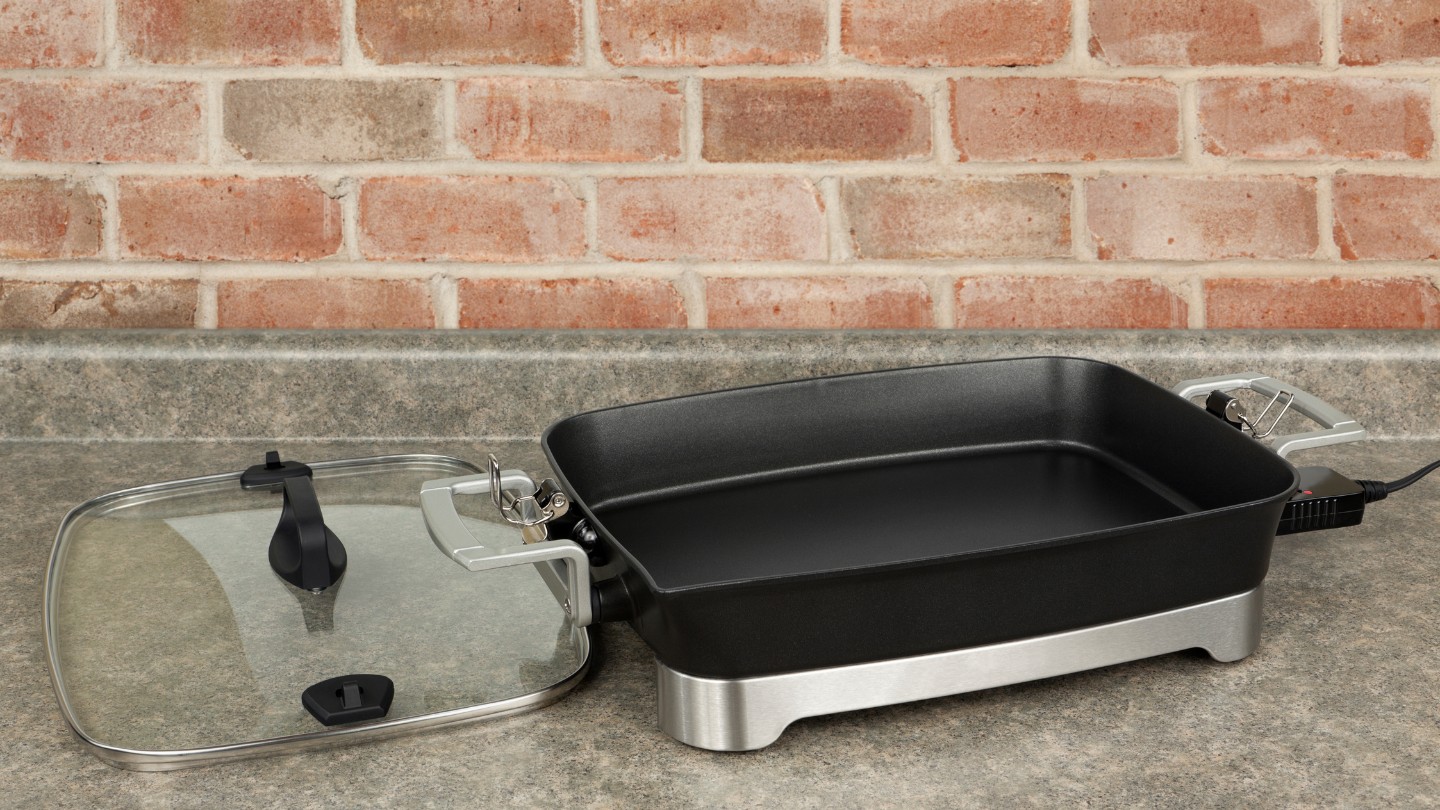
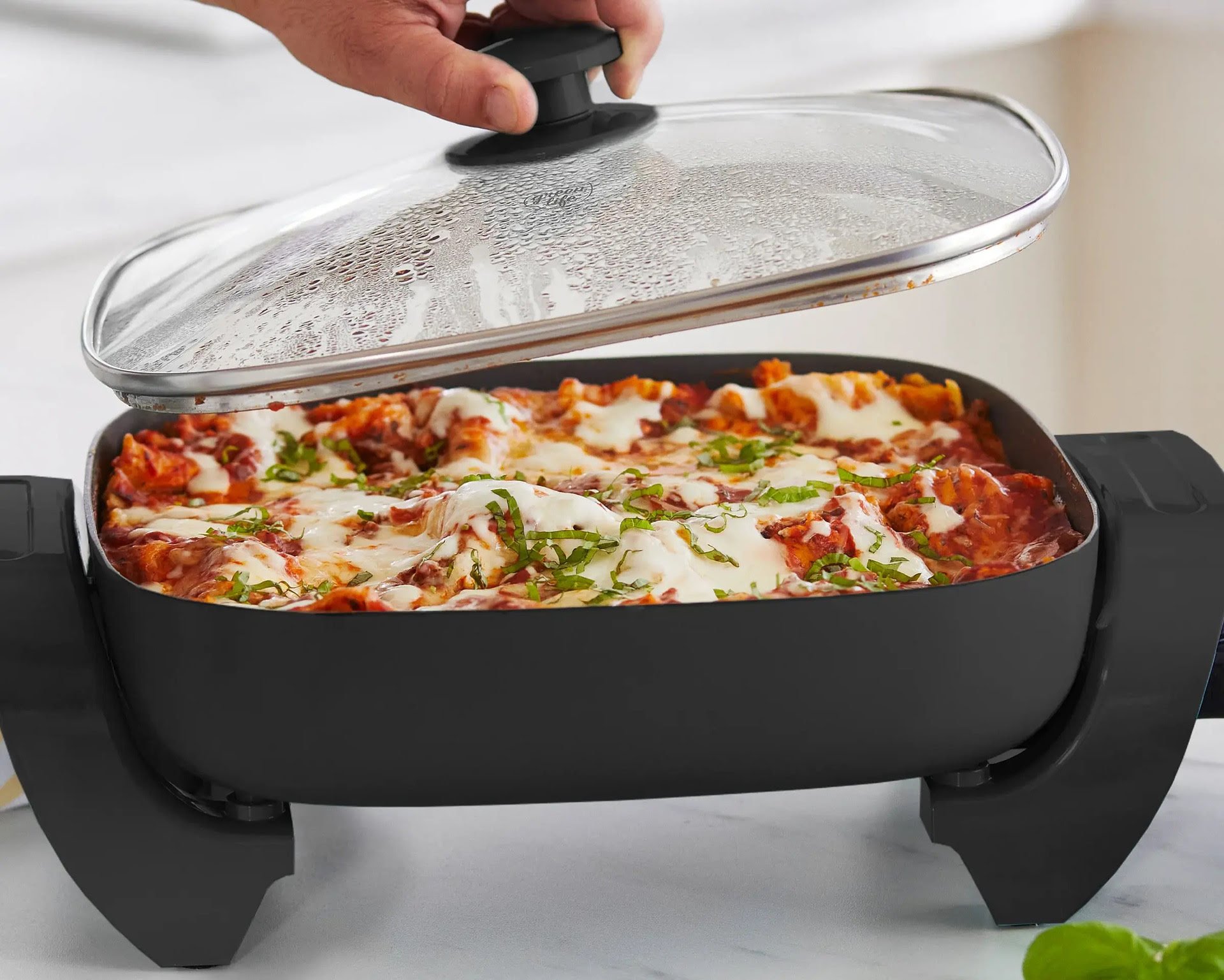
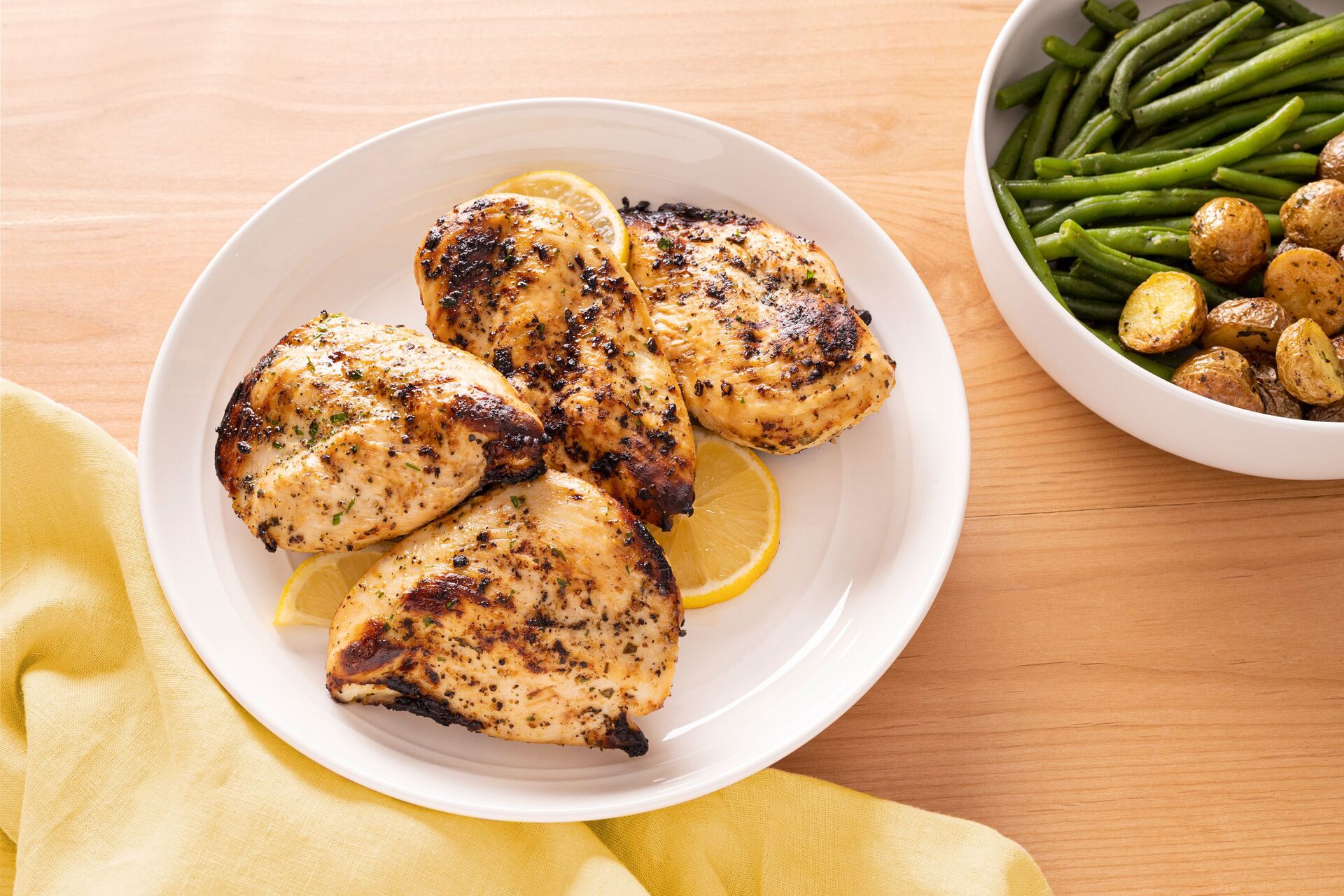
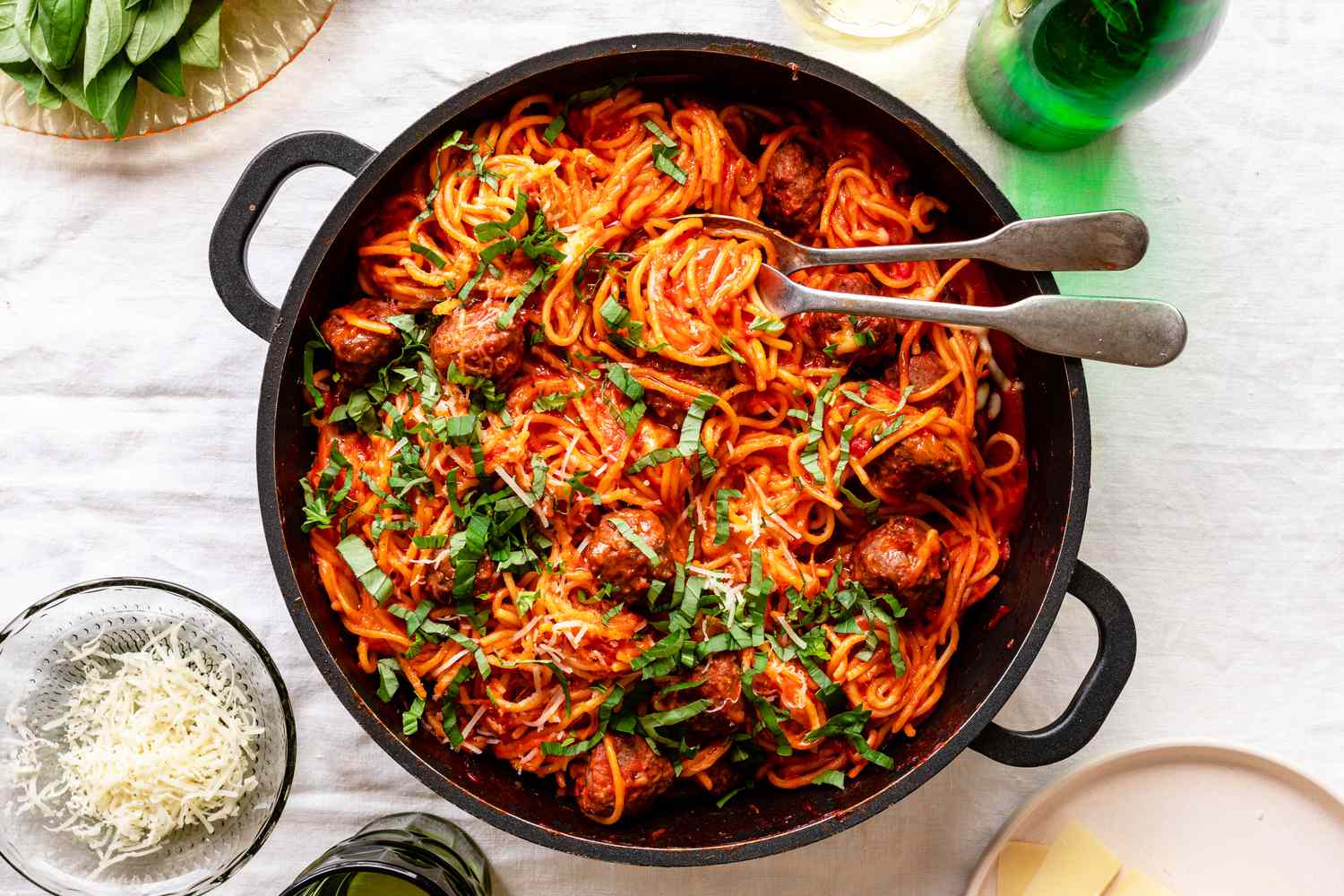
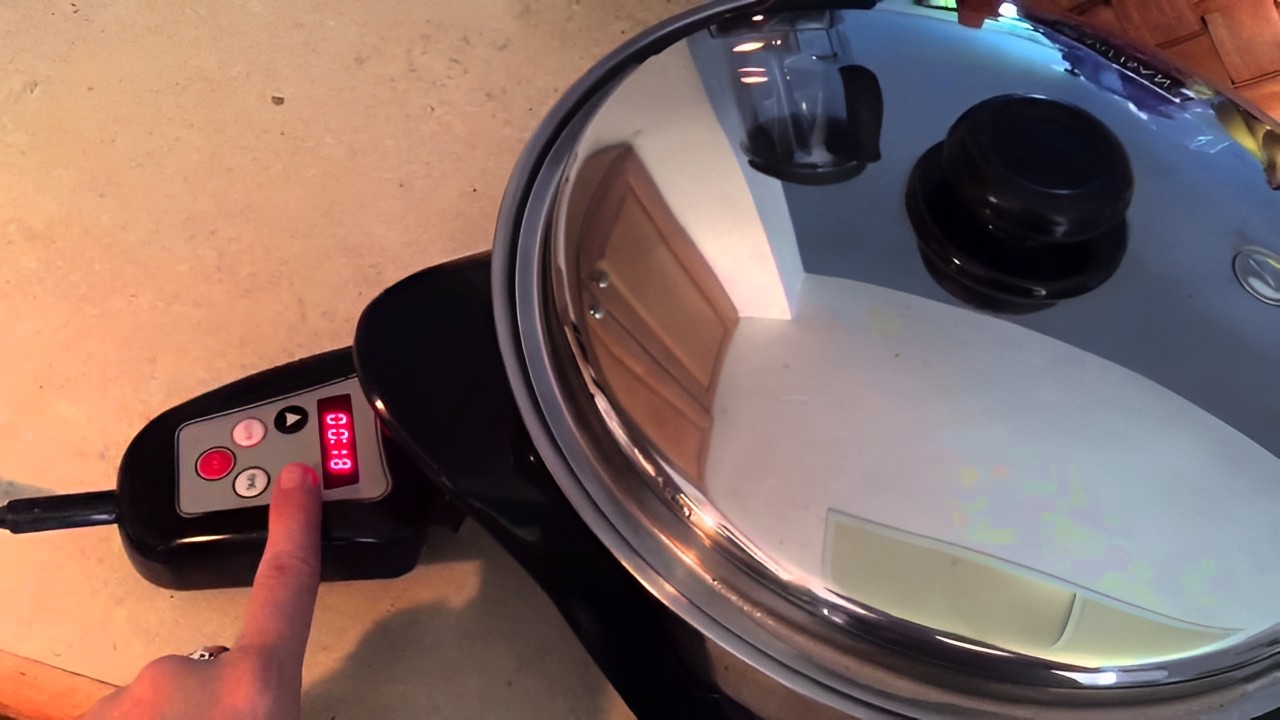
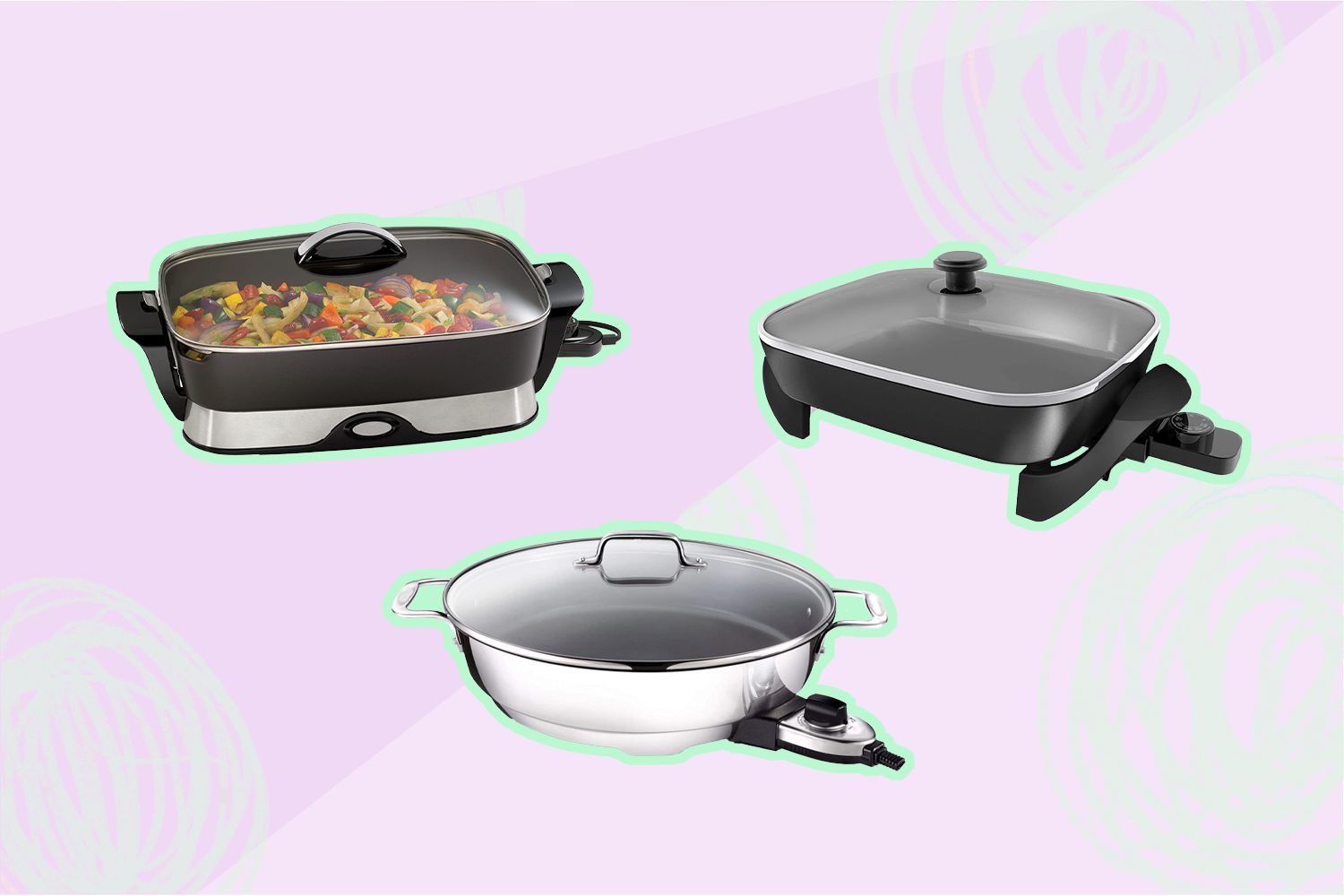
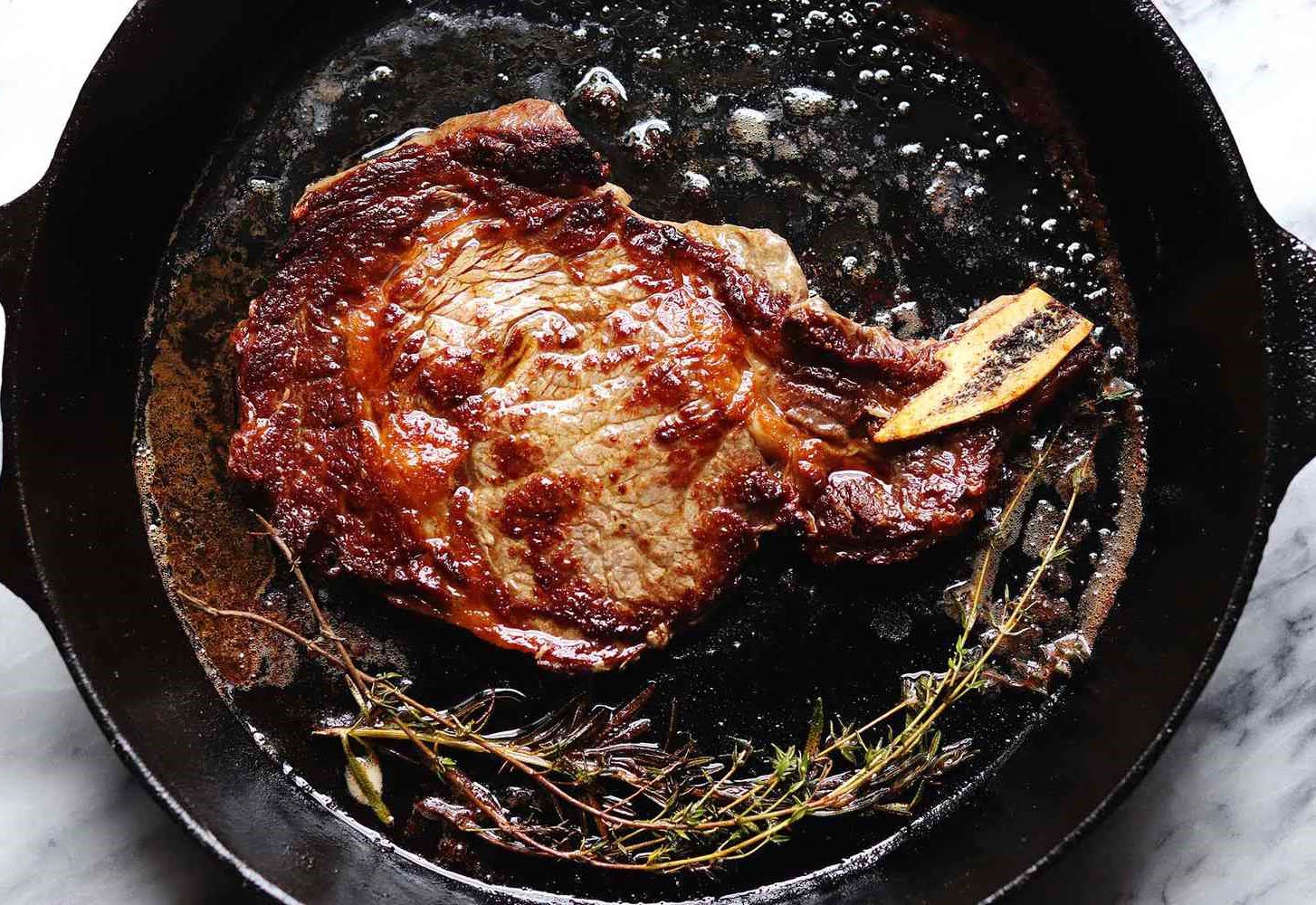
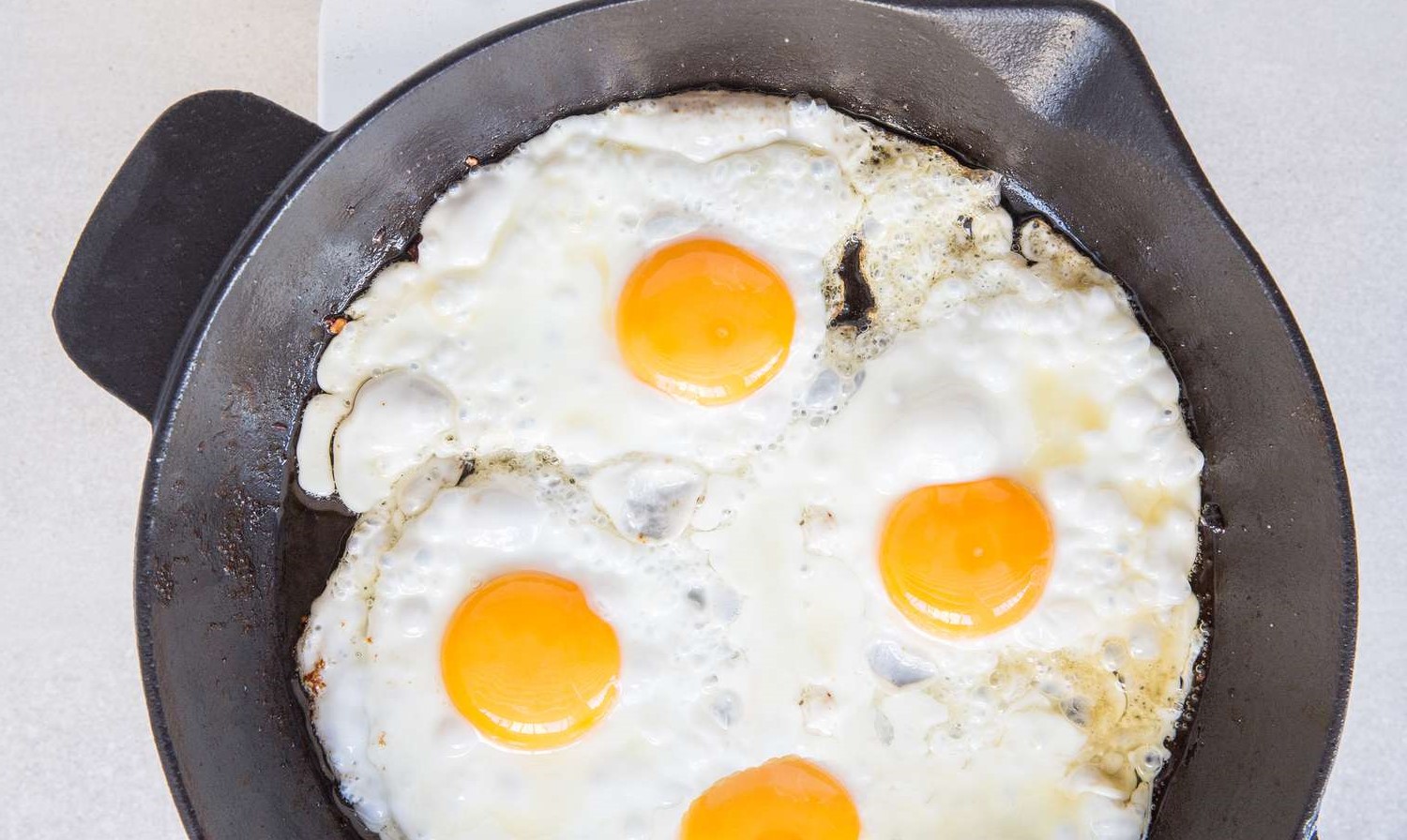

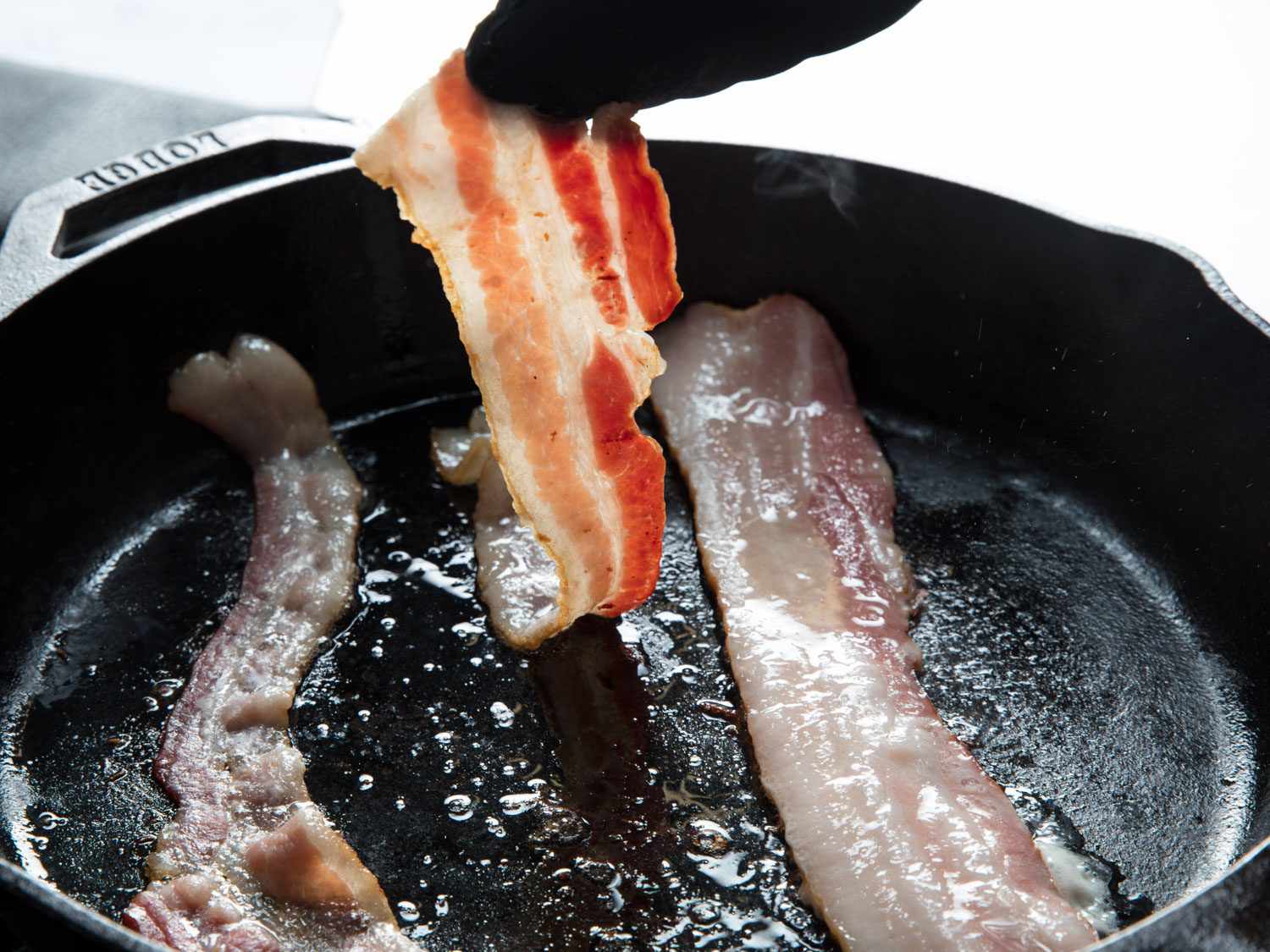
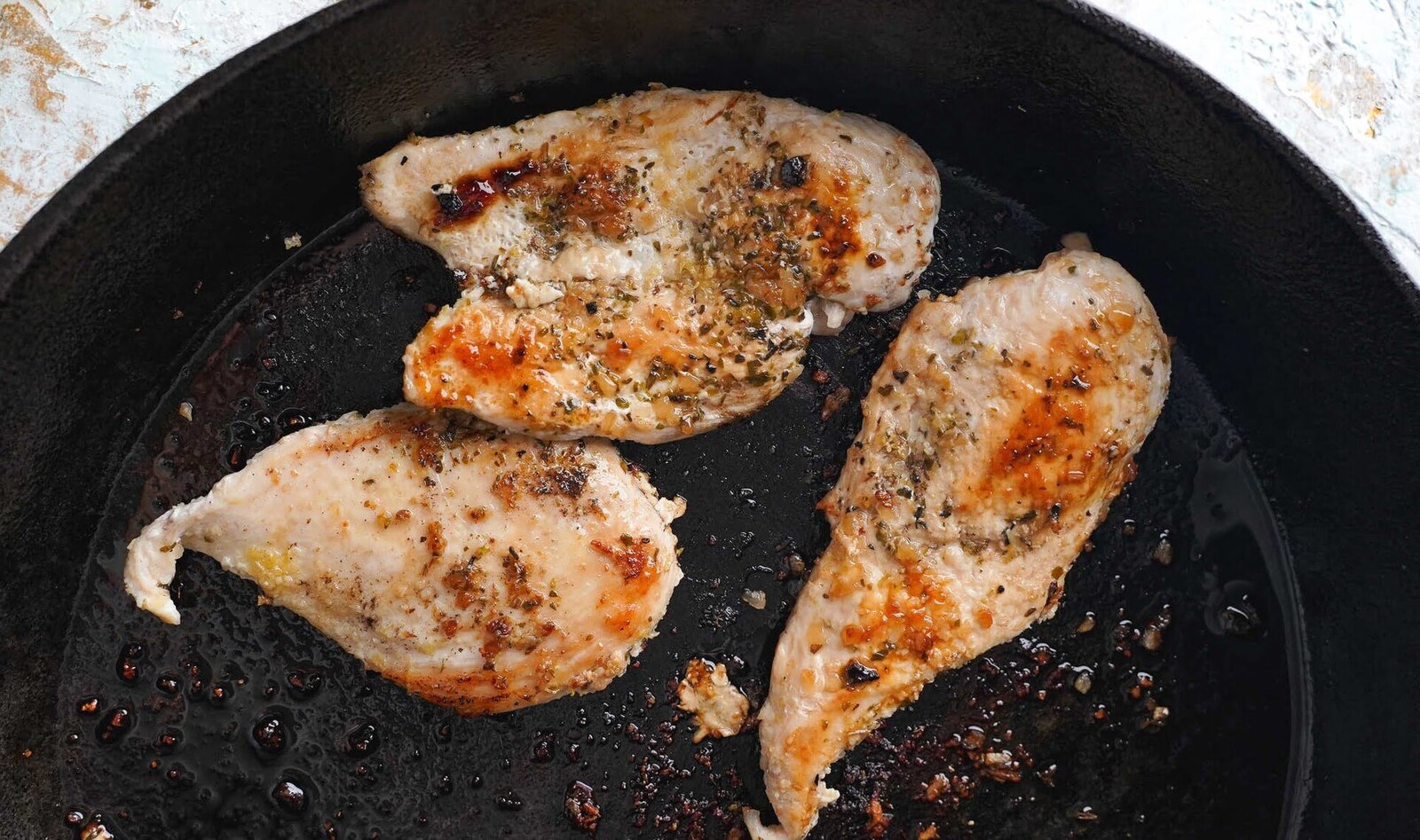
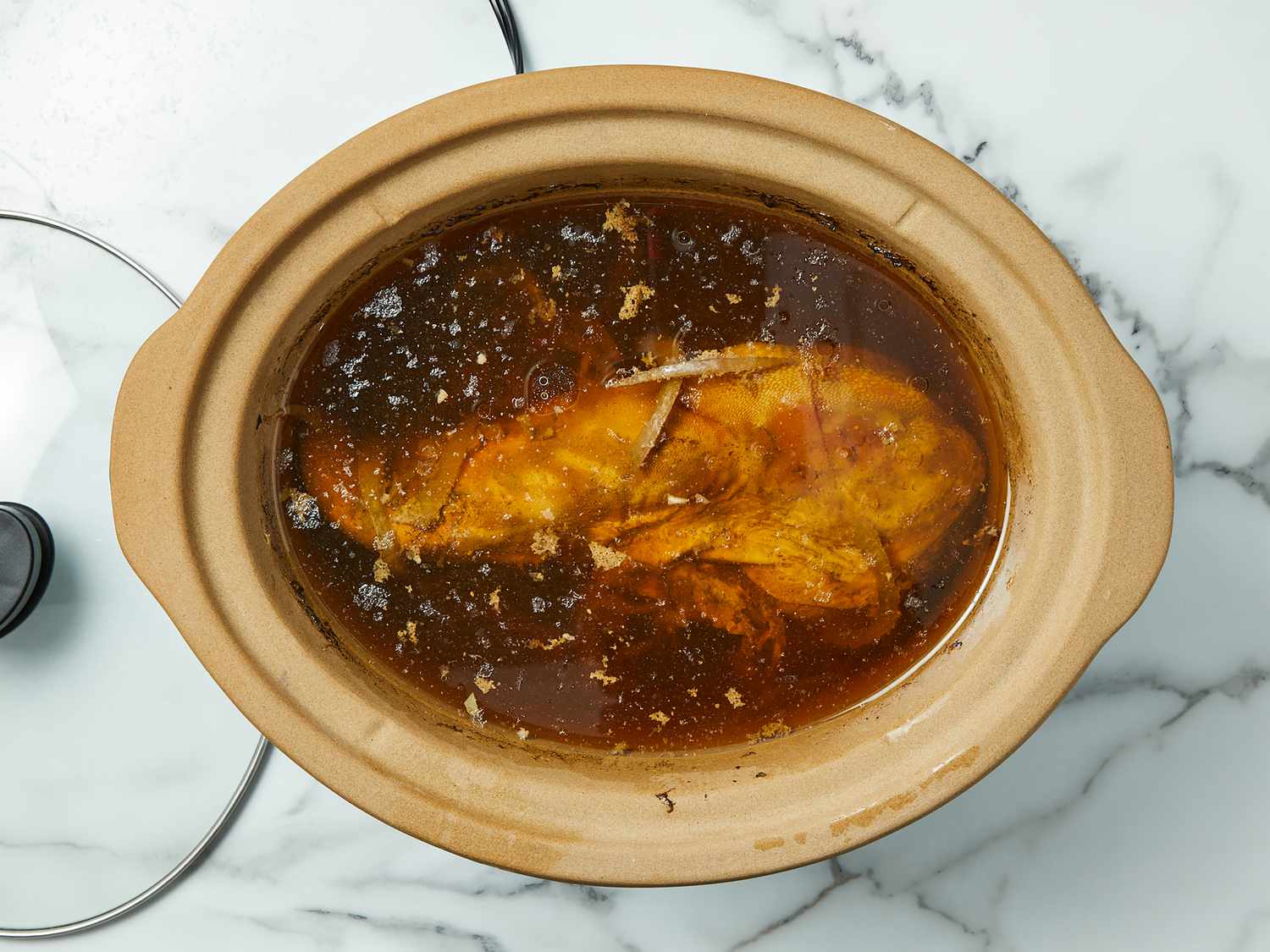

0 thoughts on “How To Cook Beef Back Ribs In A Electric Skillet”